-
You Probably Don't Need an F/2.8 Lens
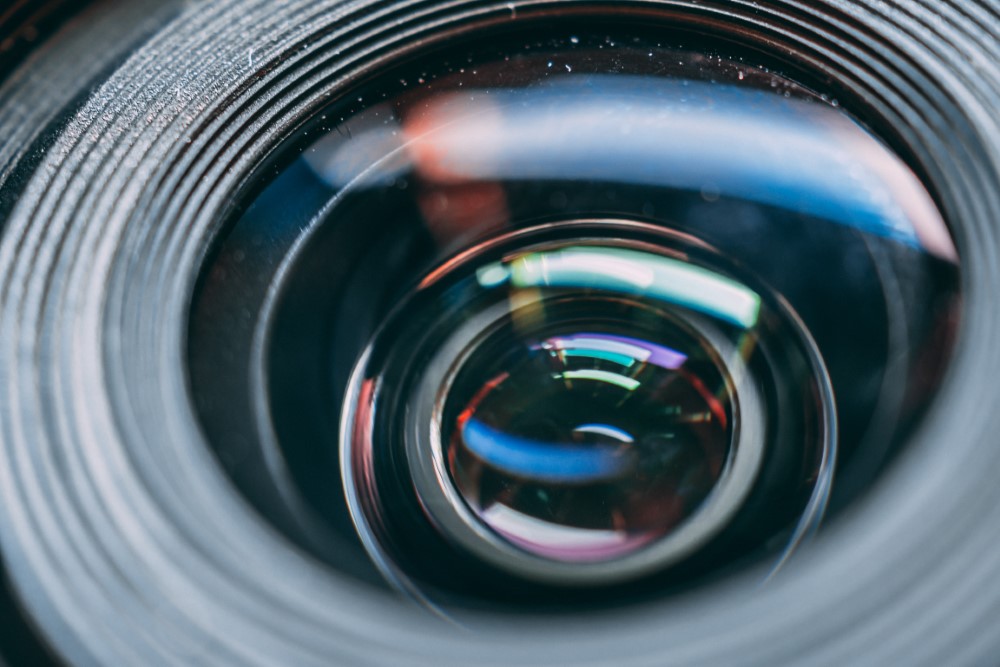
Photo by Matthias Oberholzer I’m serious. You probably don’t.
Here’s the thing, guys, if you need a lens with an f/2.8 or larger aperture, you already know it, so why are you reading this article? Perhaps you suspect that I’ll talk you out of it somehow, teach you something you don’t know about the fundamental physics of light and save you a few bucks.
Well, sorry to let you down, but I won’t be breaking any laws of physics today. But if you’re here because you’re actually not sure if you should spring for that fancy and expensive f/2.8 lens, I think I can talk you out of it, unlike Nando Harmsen of Fstoppers, who decidedly expressed almost no opinion at all.
-
Yellowstone Photography Guide
If you’re considering a trip to Yellowstone for landscape or nature photography, you are absolutely in for a treat. Among the 61 US national parks, Yellowstone is easily one of the most unique and memorable, mainly thanks to its geothermal features such hot springs and geysers and its abundance of megafauna including bison and elk.
I’ve photographed in Yellowstone on two separate occasions and came away with a few of my most favorite images. There are huge opportunities to create unique images in this park.
In this article, I want to go over what I think you should know before you head out to Yellowstone, show you some of the locations I really enjoyed shooting, and give you some of my hard-won tips and tricks.
-
Fixing Sony's Grip
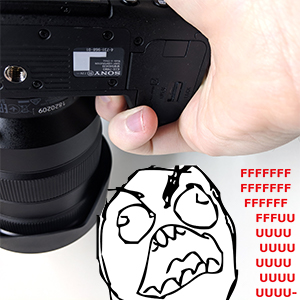
Artist's rendition of small grip anger Years ago, when I decided to sell all of my Canon gear and switch to a mirrorless Sony system (the NEX-7, at the time), I was running away from giant, heavy equipment that actually made me less likely to take my camera with me, just because of the inconvenience of it.
I loved, loved, shooting the NEX-7. So small and light, and yet it took amazing pictures, and there were (and still are) tons of lenses for the mount, from all different makers.
But once I got a couple bigger lenses, and then ultimately moved to the a7II, that tiny grip just would not do.
To the right, observe an artist’s rendition of my emotions while using the grip on my a7RIII, where you can see that my entire pinky finger has nowhere to go. Nowhere but into a little cramped ball during a day of shooting.
I don’t fault Sony for this at all; if you want a smaller camera, that’s what you’re going to get, but I had to do something, and do something I did.
Read on to learn about my voyage through the world of “quick release plates” and “L brackets” and why you should absolutely be using an “L” bracket on your camera.
-
How I Use Sony Camera Settings Memory
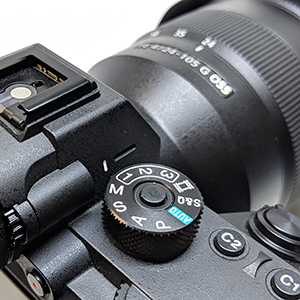
I really like the camera settings memory that my Sony a7RIII offers. Referred to in their documentation as “Camera Settings 1” and “Camera Settings 2,” this feature has saved me from mistakes more than once, so I want to tell you how it works and how I use it.
If you shoot with a Sony Alpha camera (a6000, a6500, a7II, a7III, a9), you probably have this feature. If you aren’t using it, allow me to tell you why you should!
-
Why I Shoot Sony
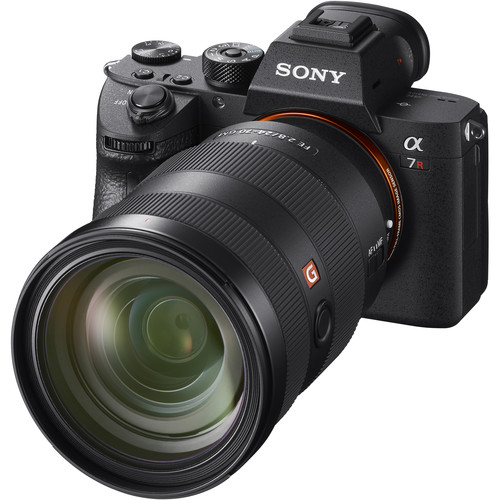
At the risk of appearing to be one of those gear-obsessed photographers who enjoys playing with cameras more than making photographs, I’m going to take this one post to talk about why I switched to Sony and why I don’t regret it at all.
This isn’t going to be an thoroughly researched analysis of the photography equipment landscape; if you’re interested in something like that you may be better off reading PetaPixel or DPreview. Rather, I think it’s useful to hear why a photographer chooses a particular kit, and I also think this is a convenient moment in time to talk about why I gave up a full DSLR setup to switch to mirrorless.
I’ll also try to convince you to switch to mirrorless, too.
So if any of that sounds interesting, here we go.
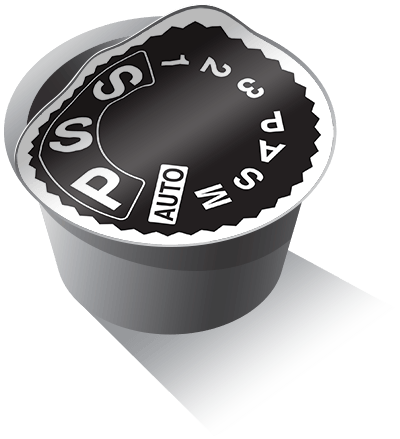 Single-Serving Photo
Single-Serving Photo